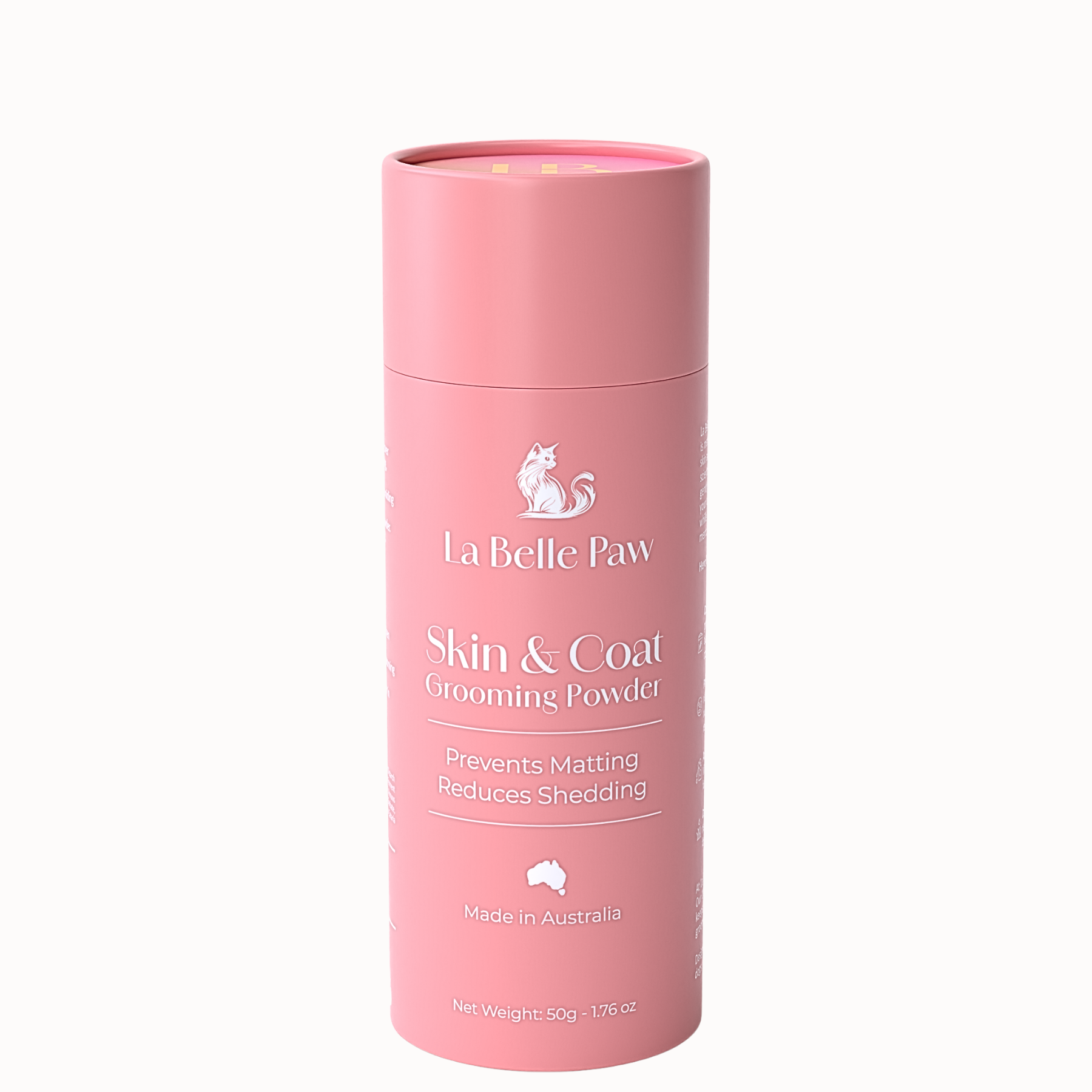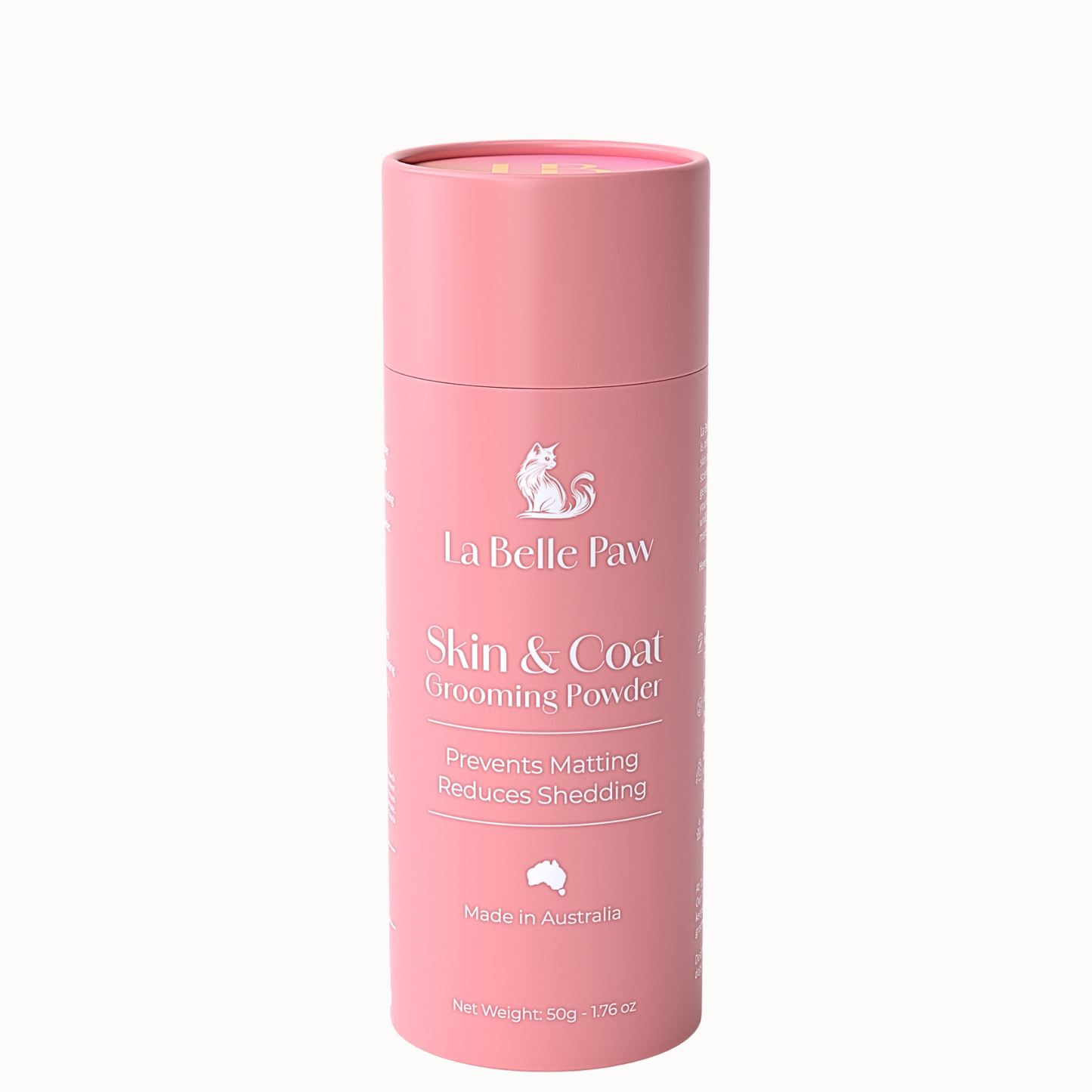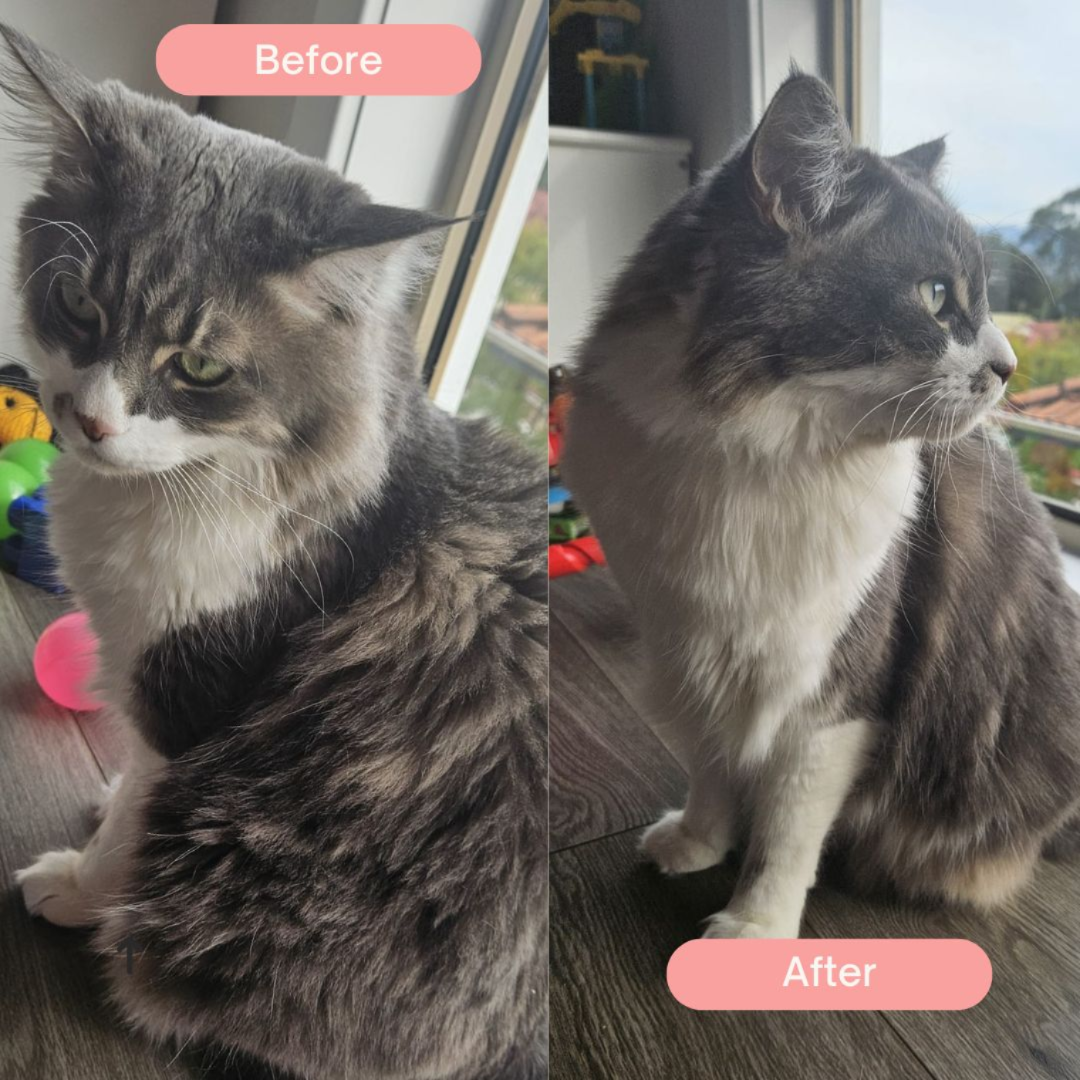
How to Groom Aggressive or Nervous Cats: A Comprehensive Guide
Share
Grooming is an essential part of cat care, but it can be particularly challenging when your feline friend is nervous or aggressive. Cats may react negatively to grooming due to fear, discomfort, or past trauma, making it crucial to approach the task with patience and understanding. In this guide, we'll share expert tips for grooming aggressive or nervous cats, ensuring that your grooming sessions are as stress-free and effective as possible.
Understanding the Root Cause
Cats can become aggressive or nervous during grooming for a variety of reasons. According to feline behaviorist Anita Kelsey, identifying the root cause of your cat's reaction is the first step in managing their behavior. Here’s why it’s important:
- Past Negative Experiences: If your cat has been hurt or frightened during previous grooming sessions, they may become defensive as a way to protect themselves.
- Fear of Restraint: Many cats don’t like being held or restrained, which can trigger anxiety or aggression.
- Physical Discomfort: Mats, skin irritations, or sensitive areas can cause pain during grooming. If your cat reacts aggressively when you touch certain spots, consult a vet to rule out any underlying health issues.
Key Insight: Aggression in cats is often a response to fear. Your goal is to create an environment where your cat feels safe and in control. Avoid pushing your cat’s boundaries, and instead, work gradually to build trust.
Preparation is Key
Before you start grooming, proper preparation can set the stage for a calm and controlled session. Here’s how to get ready:
- Organize Your Tools: Lay out all the grooming tools—such as brushes, combs, clippers, and towels—in an accessible spot. This will help you avoid leaving your cat unattended mid-session, which can increase their anxiety.
- Keep Sessions Short and Calm: For nervous cats, short grooming sessions are preferable to long, stressful ones. Keep the first few sessions under five minutes, and gradually increase the duration as your cat becomes more comfortable.
- Have Treats Ready: Use treats to reward your cat for calm behavior. Positive reinforcement helps create a pleasant association with grooming.
- Stay Calm Yourself: Cats are sensitive to human emotions and can pick up on your stress. Approach grooming with a relaxed mindset to help set a positive tone.
Expert Tip: If your cat starts to show signs of anxiety or aggression, like growling or swishing their tail, take a break and give them space. Forcing them to continue can make them more resistant to future grooming sessions.
Groom in Short Sessions
When grooming aggressive or nervous cats, it’s essential to keep sessions short and positive. Anita Kelsey recommends breaking the grooming process into small, manageable segments over several days. Here’s how:
- Start Slowly: Begin with areas that your cat is comfortable with, such as the back or sides. Avoid sensitive areas like the belly or legs until your cat is more relaxed.
- Watch for Signs of Distress: Pay close attention to your cat’s body language. If they start to hiss, growl, or try to escape, it’s time to pause. Continuing in this state can reinforce negative feelings about grooming.
- Reward Calm Behavior: After each short session, reward your cat with treats, praise, or gentle petting. Ending each session on a positive note helps build trust and encourages your cat to cooperate in the future.
- Gradually Increase Time: Over several sessions, slowly increase the duration of grooming. This gradual exposure helps your cat become accustomed to the process without feeling overwhelmed.
Pro Tip: If you need to groom specific problem areas like mats, tackle them over several days. Rushing through grooming can lead to more stress and aggression.
Techniques for Handling Aggression
Handling an aggressive cat during grooming requires patience and the right techniques:
- Use Gentle Restraint: If your cat becomes aggressive, avoid holding them too tightly. Instead, use a towel to wrap them securely, leaving the part you need to groom exposed. This “kitty burrito” technique helps keep your cat calm while preventing scratching and struggling.
- Maintain a Calm Voice: Speak to your cat in a soothing tone throughout the session. Your voice can have a calming effect and help reassure your cat.
- Avoid Eye Contact: Direct eye contact can be seen as a threat by cats. Keep your gaze soft and focus on the grooming task at hand.
Common Mistake to Avoid: Never use force or punishment during grooming. This will only heighten your cat’s fear and make future grooming sessions more difficult.
Creating a Positive Association
Building a positive association with grooming is key to long-term success. Here’s how to reinforce good behavior:
- Use Positive Reinforcement: Reward your cat with treats, playtime, or affection after each successful session.
- Groom Regularly: Consistency helps your cat get used to the routine. Aim for regular grooming sessions, even if they are very short.
- Monitor Progress: Keep track of what works and what doesn’t. Adjust your techniques based on your cat’s reactions to make each session as smooth as possible.
Conclusion
Grooming an aggressive or nervous cat can be challenging, but with the right approach, it is possible to make the experience less stressful and more positive. Understanding your cat’s behavior, preparing properly, and using gentle techniques will help you create a calm and effective grooming routine. Remember, patience and consistency are key. Over time, your cat will learn to trust you and even enjoy the grooming process.





